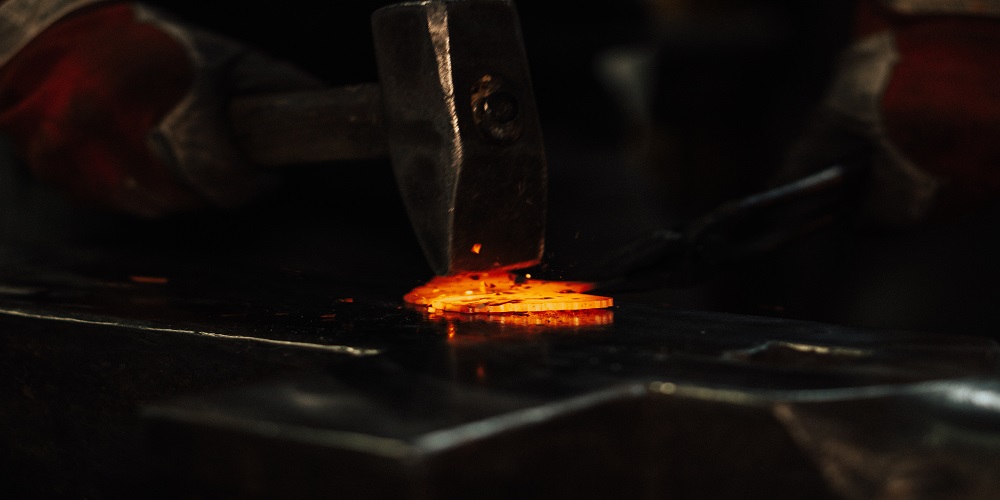Metals are shaped using force and heat during the forging process, which is a manufacturing process. Two of the most popular techniques in this procedure are hot forging and cold forging. Both techniques employ force, but they operate at different temperatures, which makes them different. Whereas cold forging is done at normal temperatures, hot forging is done at high temperatures. Every forging manufacturing technique has certain special advantages.
Improved Material Properties
The enhancement of material characteristics is a major advantage of hot forging. A metal becomes more malleable and easier to bend when heated to high temperatures. More deformation during the forging process is made possible by the rise in plasticity, which leads to better mechanical qualities, including strength, toughness, and fatigue resistance. A denser and more uniform structure is produced due to the metal’s intrinsic flaws and porosity being eliminated by high temperatures.
Cold forging might not enhance material characteristics as much as hot forging. It is done at room temperature, limiting the metal’s flexibility and making it more difficult to bend it without damaging it. Moreover, residual pressures from cold forging can cause cracking and other flaws in the finished product.
Reduced Tool Wear
The decreased deterioration of the forging tools is another benefit of hot forging. Because of the high temperatures of the metal being treated, less effort is needed to bend it, which reduces tool wear. The manufacturer will save money due to the decreased requirement for frequent tool replacement and the increased longevity of the forging equipment.
The forging tools may be damaged due to the greater forces needed to distort the metal in cold forging. The requirement for more frequent tool replacement and higher maintenance expenditures are also possible effects of the tools’ increasing wear.
Increased Productivity
A more effective forging technique is hot forging. Since metal can bend more easily at high temperatures, processing may be completed more quickly, leading to increased production rates. Hot forging enables more complicated forms, producing more sophisticated parts and components.
Cold forging can be slower and less effective for more complicated forms and larger pieces but is successful for simpler shapes and smaller sections. Longer processing periods and lower production rates might come from the metal’s weaker plasticity, which can make it harder to bend.
Cost-Effectiveness
With the aforementioned advantages, hot forging occasionally outperforms cold forging in terms of cost. Although the initial investment in hot forging equipment may be costlier, the producer may incur cheaper long-term expenses due to the elevated productivity, enhanced material characteristics, and less tool wear.
Cold forging may be more cost-effective for simpler forms and smaller components, but for bigger shapes and parts, the increased tool wear and poorer productivity may lead to higher total costs.
Conclusion
Hot forging and cold forging are two distinct methods that offer unique benefits to manufacturers. Regardless of which method is chosen, it is important to work with experienced professionals who can help ensure the quality and consistency of the final product. Manufacturers can achieve their desired results by selecting the right forging method and partnering with a trusted provider while maximizing efficiency and reducing costs.
